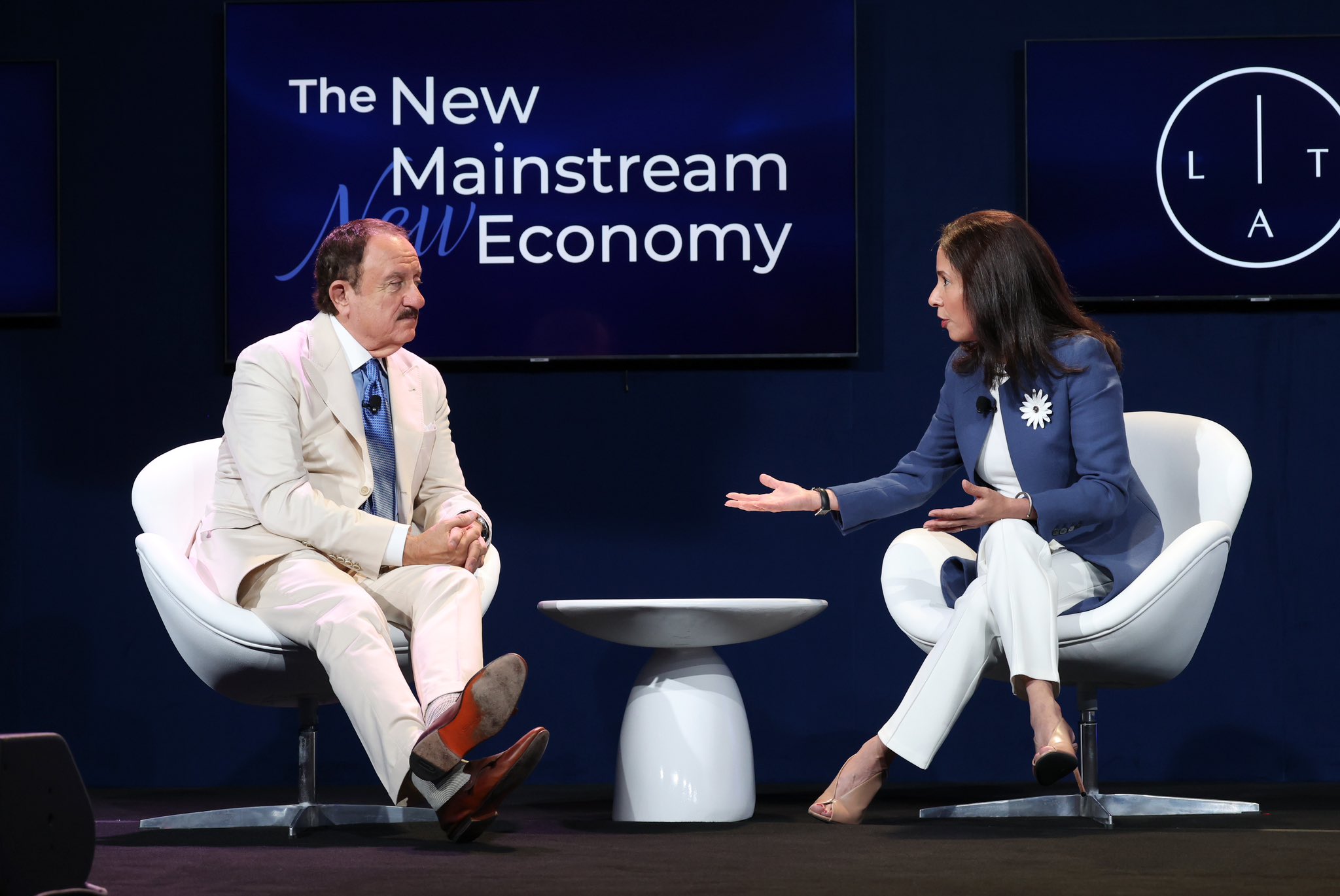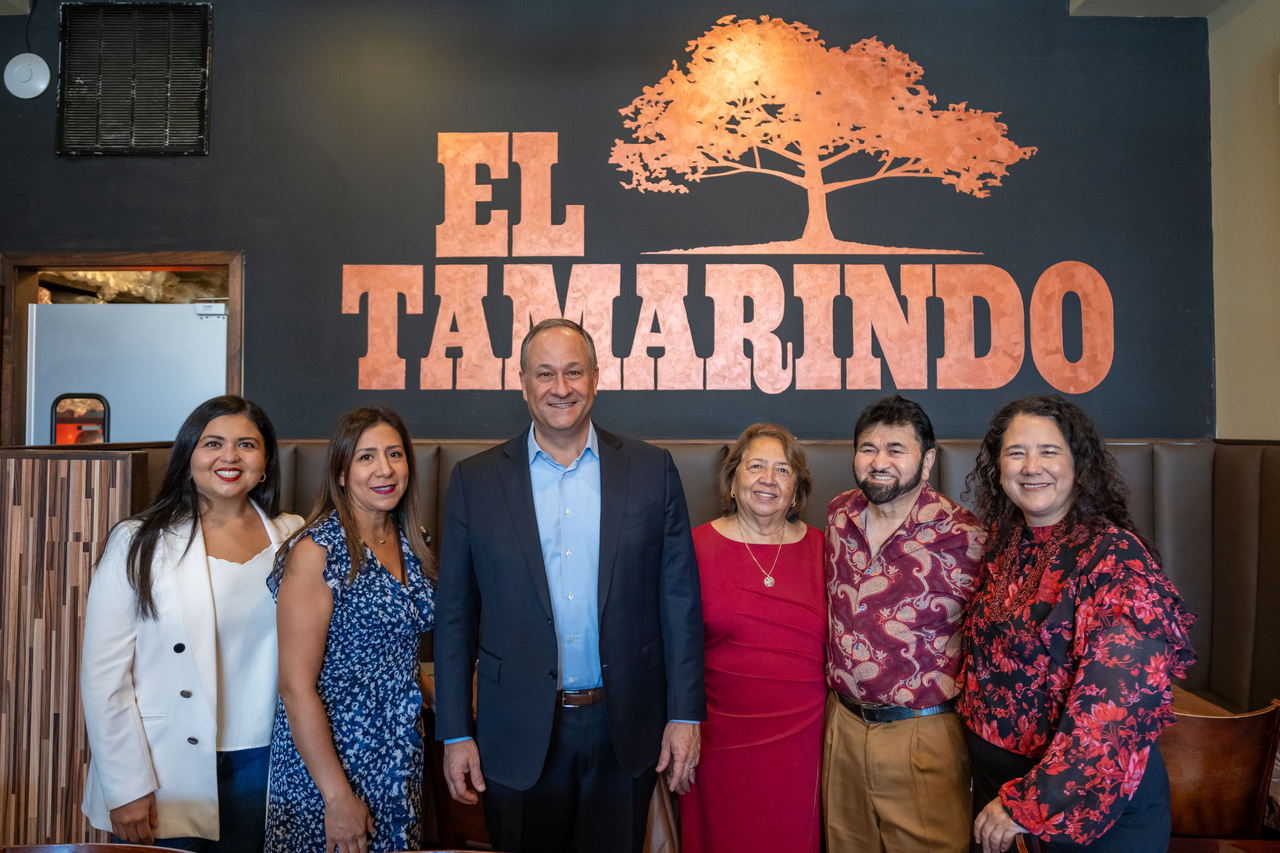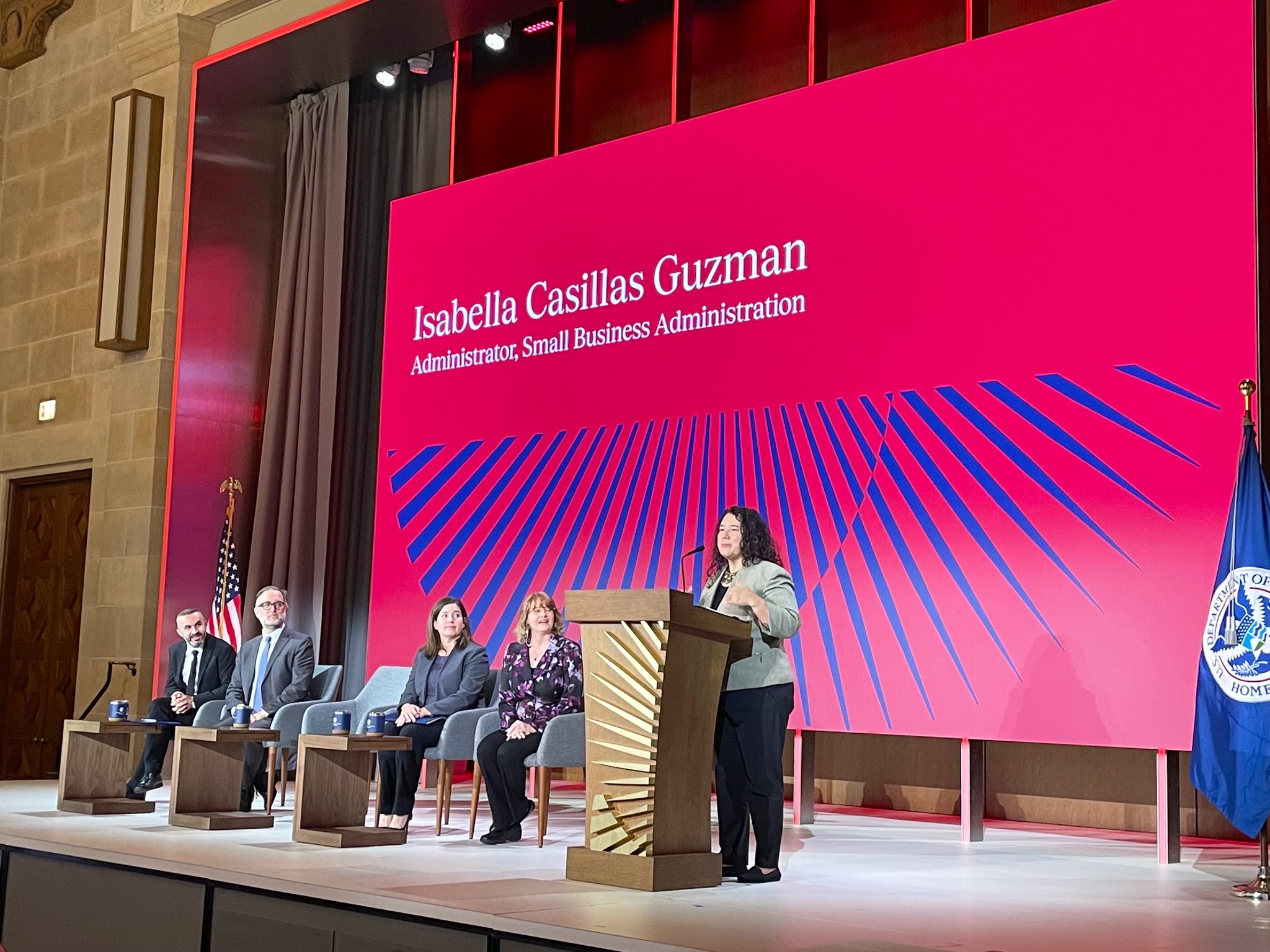
Latino organizations commission poll to gauge perceptions of U.S. Latino community
The survey, sampling 2,200 American adults, revealed key findings of those perceptions in the topics of stereotypes, economic contributions, immigration rates…
Latinos are often a stereotyped group in the United States, despite the many positive contributions the community makes nationwide.
A recent survey took a deep drive into some of the most common perceptions of the U.S. Latino community.
In August 2021, BSP Research conducted an online survey, commissioned by the Latino Donor Collaborative in partnership with Latino Corporate Directors Association (LCDA), UnidosUS, Raben Group and the Friends of the American Latino Museum. It collected responses from a sample of 2,200 American adults — 800 white, 600 Latino (400 national, 200 from South Florida), 600 Asian (Chinese, Indian and Korean) American and 200 African-American respondents.
The study examined the public opinion of Latinos and immigrants in the U.S., with a particular emphasis on their perceived contributions and impact on the American economy and community life.
The poll posted a number of findings.
One of the major findings of the study is a number of misperceptions about the Latino population in the U.S.
Namely, Americans vastly overestimate the size of the Latino population, the size of the Latino immigrant population and the size of the undocumented Latino immigrant population.
While U.S. Census and Department of Homeland Security data states that Latinos comprise 18.7% of the U.S. population, 67% of Latinos who live in the U.S. are native-born citizens and only 13% of all Latinos in the U.S. are undocumented, the sample of non-Latino respondents of the survey skewed those numbers to 38%, 35% and 33%, respectively.
“We are glad to see that, comparing the results of this survey with our 2012 LDC Perception of Latinos Report, the needle has moved from Latinos mostly being perceived as ‘takers’ to being mostly perceived as ‘contributors’ today. Still, there is much work to do, specifically with media which has the capacity to help eliminate damaging stereotypes,” said Ana Valdez, Executive Director of the Latino Donor Collaborative, in a press release.
Another major finding of the study relates to various stereotypes towards Latino immigrants that are conducive to their views on their place in American society.
According to the study, about 79% of the total non-Latino respondents believe that Latino immigrants have a lot to offer this country and are an economic boost.
RELATED CONTENT
However, 53% believe undocumented or illegal immigrants are taking jobs that American workers depend on, and 41% believe the stereotype of Latino immigrants having a history of committing violent crimes.
“The good news is that most Americans recognize the importance of Latinos and Latinas to our economy and appreciate our work ethic and values. The bad news is that most Americans also believe in widely inaccurate and negative myths and stereotypes — perpetuated by the news and social media — about our size and immigration status that are holding our country back from making the investments and enacting the policies that will benefit both our community and our nation,” said Janet Murguía, UnidosUS President and CEO, in a press release.
In reality, the Latino population contributes $2.7 trillion worth of GDP to the U.S. economy, which would make the cohort the seventh largest economy in the world if it were its own individual economy.
Latinos also have the highest workforce participation rate (estimated at 65.6%), compared to the Asian (64.5%), Black (61.6%) and White (61.6%) workforces, according to the U.S. Bureau of Labor Statistics.
Those numbers alone are indicative of an overwhelming positive contribution by the Latino community to the American workforce, economy and overall society.
The BSP Research study shows that misperceptions and stereotypes that have followed the Latino community in the U.S. — largely among non-Latinos — remain prevalent today, even at slightly lower percentages.
However, much more work needs to be done to provide a more accurate view and perception of the community.
“Business leaders — both non-Latino and Latino — play a critical role in driving an accurate story of the Latino community and its huge impact on the American economy,” said Esther Aguilera, President and CEO of the Latino Corporate Directors Association. “We need business leaders everywhere to lean in, learn more, and speak up about the dynamism and success of the Latino community. Otherwise, these misconceptions and contradictory views of our community will continue to slow progress for everyone.”
More information about the full findings of the study can be found at www.latinodonorcollaborative.org.











LEAVE A COMMENT:
Join the discussion! Leave a comment.